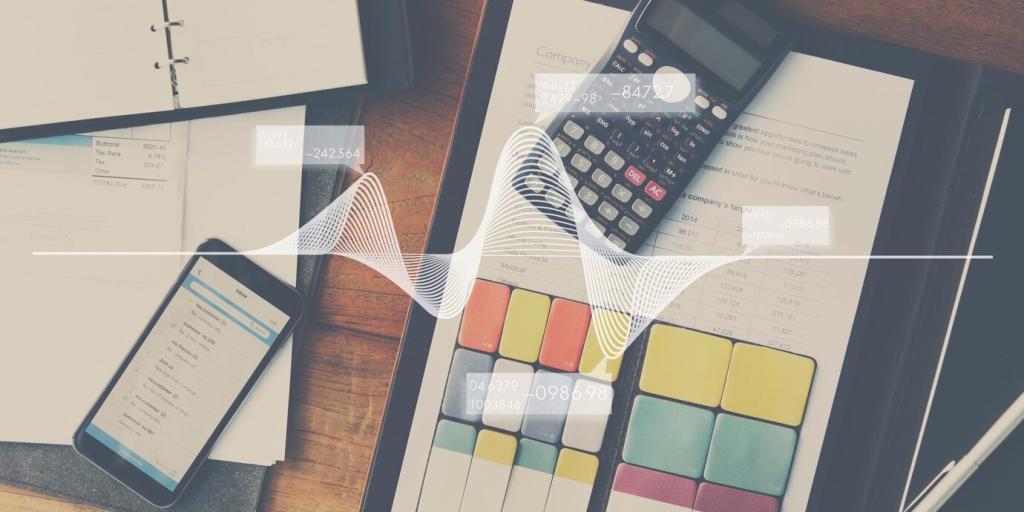Industry‑Specific Watch‑outs for Startups
SaaS faces tricky place‑of‑supply rules, different treatments for B2B versus B2C, and evidence requirements for customer location. Keep IP address, billing address, and VAT numbers on file. A founder avoided a rework by collecting two pieces of non‑conflicting evidence from day one.
Industry‑Specific Watch‑outs for Startups
If you provide or receive construction services, the domestic reverse charge can move VAT accounting to the customer. Misapplied, it scrambles cash flow and filings. Train project managers to spot qualifying services and embed checklist prompts in your job scheduling tool.







